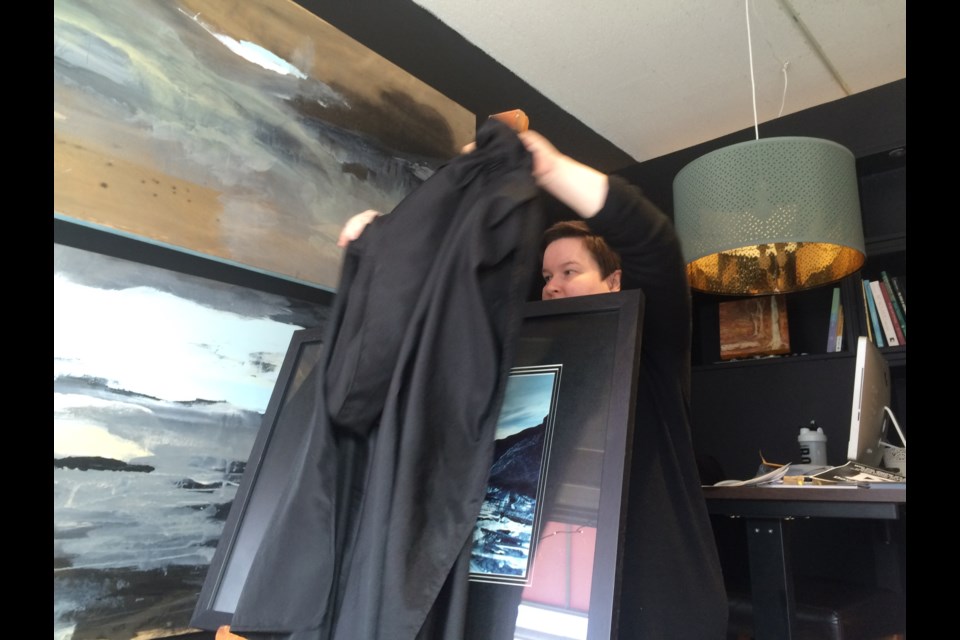Sunday, December 1st marks World AIDS Day.
The arts community has chosen this day to pay tribute to artists around the world who have died of AIDS-related illnesses.
Day Without Art originated in New York City 30 years ago by a group of arts professionals called Visual AIDS.
The primary focus of the day is to raise awareness and open up a dialogue about the disease, and to remember the many artists, singers, dancers, actors, sculptors, musicians, painters, writers, basically anyone from the arts community who has died from HIV/AIDS.
“During the early years of the AIDS epidemic, art communities in the larger North American centres were hit hard by the disease. Some of the biggest names in the arts community to die of AIDS-related illnesses included actors Rock Hudson, Anthony Perkins, Queen lead singer Freddie Mercury, ballet dancer Rudolph Nureyev, artist Keith Haring, and many, many others,” said Charlene Lalonde of the AIDS Committee of North Bay and Area.
“About 600 museums, art galleries, and art institutions across the United States observed the day by closing their doors or covering displayed artwork in black sheeting.”
In advance of Day Without Art, a number of art galleries and tattoo studios in North Bay followed the tradition of shrouding a piece of artwork with a black cloth.
“Our role is to create a space to encourage conversation. In North Bay we do that by either taking down, shielding or masking whatever exhibition we have up, to force our audiences, people walking in and people in our community to really engage with the conversation about AIDS,” said Mitchell Ellam interim executive director of the White Water Gallery
The WKP Kennedy Art Gallery has a covered piece of art from its permanent collection on display in its front window, where it will remain even after Day Without Art, to keep the conversation going.
“I think this is a really important thing to be doing. Explaining this important subject to people can sometimes get lost. I think it is important as artists to use our platform and to use our voice within the community to showcase certain issues,” said gallery assistant, Dana Westerberg.
“And I think this is a really important subject that really needs to be highlighted especially in a small community that may not have it in the forefront of people’s minds. I think this is a really great and creative way of doing that.”



